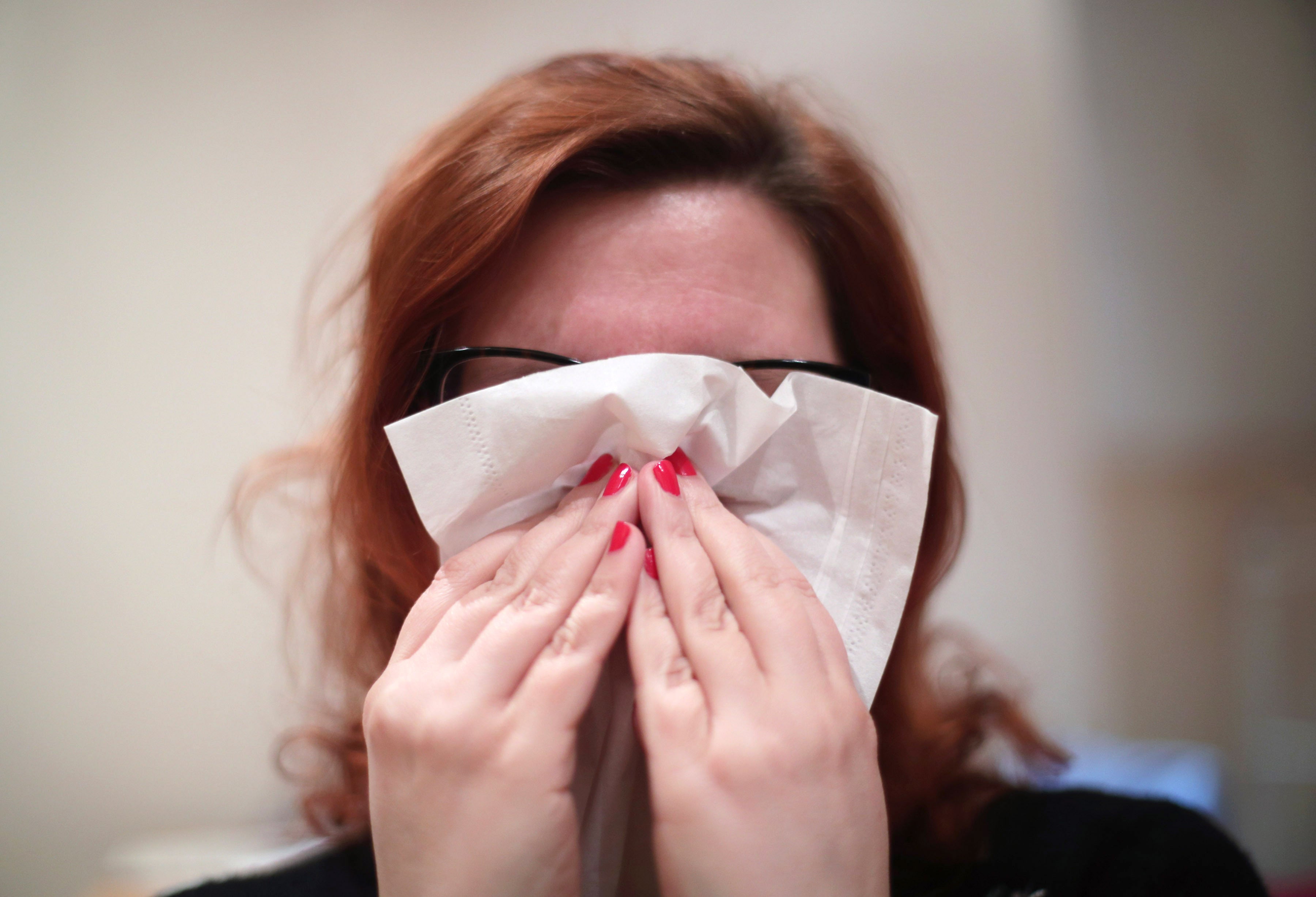Covid daily hospital admissions rise to over 1,000 for first time since April
Omicron subvariants BA.4 and BA.5 believed to be fuelling mounting Covid wave in UK

Your support helps us to tell the story
From reproductive rights to climate change to Big Tech, The Independent is on the ground when the story is developing. Whether it's investigating the financials of Elon Musk's pro-Trump PAC or producing our latest documentary, 'The A Word', which shines a light on the American women fighting for reproductive rights, we know how important it is to parse out the facts from the messaging.
At such a critical moment in US history, we need reporters on the ground. Your donation allows us to keep sending journalists to speak to both sides of the story.
The Independent is trusted by Americans across the entire political spectrum. And unlike many other quality news outlets, we choose not to lock Americans out of our reporting and analysis with paywalls. We believe quality journalism should be available to everyone, paid for by those who can afford it.
Your support makes all the difference.The daily number of Covid cases being admitted to hospitals in England has topped 1,000 for the first time since April, new figures show. The number of patients with Covid admitted to hospitals across the country hit 1,055 on Monday – up from 722 the week before.
The latest data shows a 46 per cent increase week on week. According to the figures, the northwest saw the largest increase on Monday, at 56 per cent.
The Covid Actuaries Response Group has estimated the current “R” value for the virus, meaning the rate at which one person infects others, is 1.18.
The expert group said its recent analysis suggests that the number of patients dying with Covid in English hospitals may now be increasing, adding: “It is clear at least that they are no longer decreasing.”
The rise in admissions comes amid global concern over the two new subvariants of the virus, known as BA.4 and BA.5.
The World Health Organisation has been investigating the two Omicron subvariants since April to assess whether they are more infectious or dangerous than their predecessors. Both BA.4 and BA.5 have been added to the agency’s monitoring list.
Moderna, meanwhile, has announced that its latest vaccine – created specifically to tackle the Omicron variant – generates a “high” and “strong” antibody response against BA.4 and BA.5.
“We think this is a strong, powerful antibody response. It is probably long-lasting,” Dr Paul Burton, Moderna’s chief medical officer, told reporters on Wednesday.
He said that the company’s variant vaccine could be a “turning point” in the fight against Covid, which could “allow us for the first time to get to get ahead of this virus”.
He added that the BA.4 and BA.5 subvariants are “more pathogenic”, and carry a higher risk of hospital admission than the original Omicron strain.
Dr Burton pointed to data from South Africa, where hospital admissions appear to have been higher when BA.4 and BA.5 were the dominant strains, compared to the original Omicron variant.
He also pointed to studies suggesting that the subvariants are better at causing lower lung infections compared with the original Omicron strain – which was more likely to cause sore throats and runny noses. Lower lung infections could lead to a spike in pneumonia cases.
Dr Burton said younger adults and children should be eligible for booster jabs in the autumn, and warned that people could be “under-protected and under-vaccinated” without a wider booster programme being instigated.
Vaccination advisers in the UK have said that over-65s, frontline health and social care workers, older care home residents, and adults aged between 16 and 64 “in a clinical risk group” should be invited for an autumn booster.
Last week, new figures showed that Covid infections in the UK had increased by 43 per cent in the week following the platinum jubilee celebrations, with BA.4 and BA.5 believed to be behind the sudden increase.
According to preliminary data from Kei Sato and his colleagues at the University of Tokyo, BA.4, BA.5 and BA.2.12.1 may have evolved to favour infection of lung cells rather than upper respiratory tract tissue – making them more similar to earlier variants such as Alpha and Delta.
Join our commenting forum
Join thought-provoking conversations, follow other Independent readers and see their replies
Comments